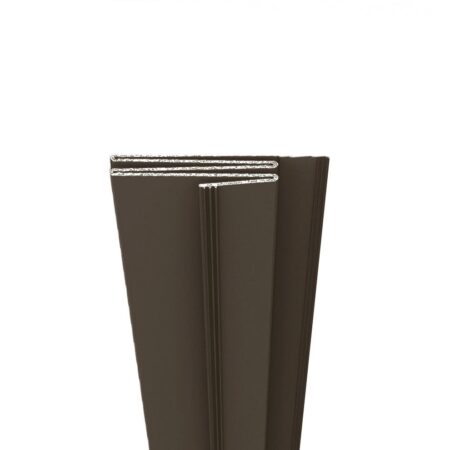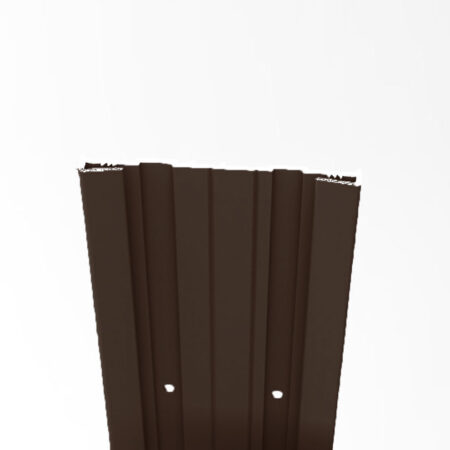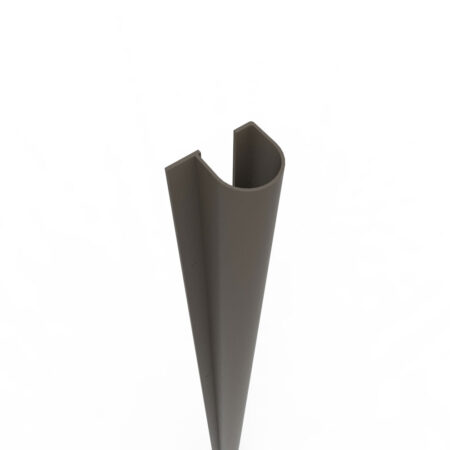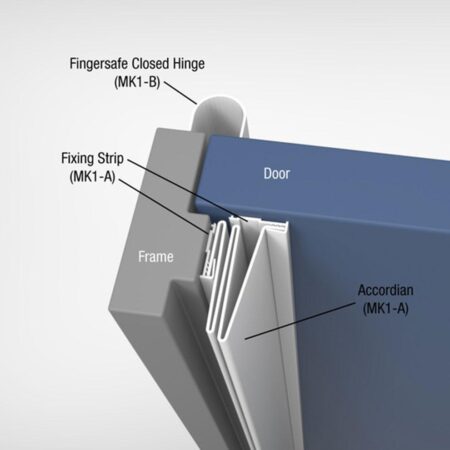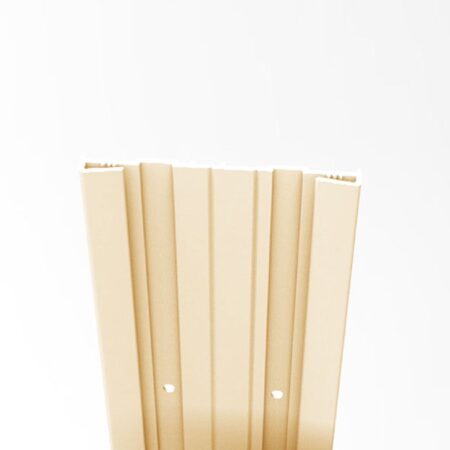When designing educational buildings, it is critical that architects, contractors, and designers give students the very best that money can buy. However, while this is a noble pursuit, it is not always easy to execute, as schools must be both safe and on the cutting edge of performance. With this in mind, the following breakdown looks at 6 of the most innovative materials to use in educational spaces.
1. Door Hinge Guards
Whether it be the result of roughhousing, sticking a finger where it does not belong, or simply an inadvertent accident, there is no denying that fingers are more likely to get smashed in a classroom door than nearly any other type of space. As a result, innovative door hinge guards are a must-have for any type of education building.
UV and weather-resistant, Fingersafe, USA offers full-length interior and exterior door hinge protection in a variety of colors and styles. Fabricated in one seamless design to provide an understated addition to any door type, Fingersafe products are being hailed as one of the best safety products to hit the building material market in many years, protecting students from the awesome force possible from a slamming door.
2. Acoustic Insulation
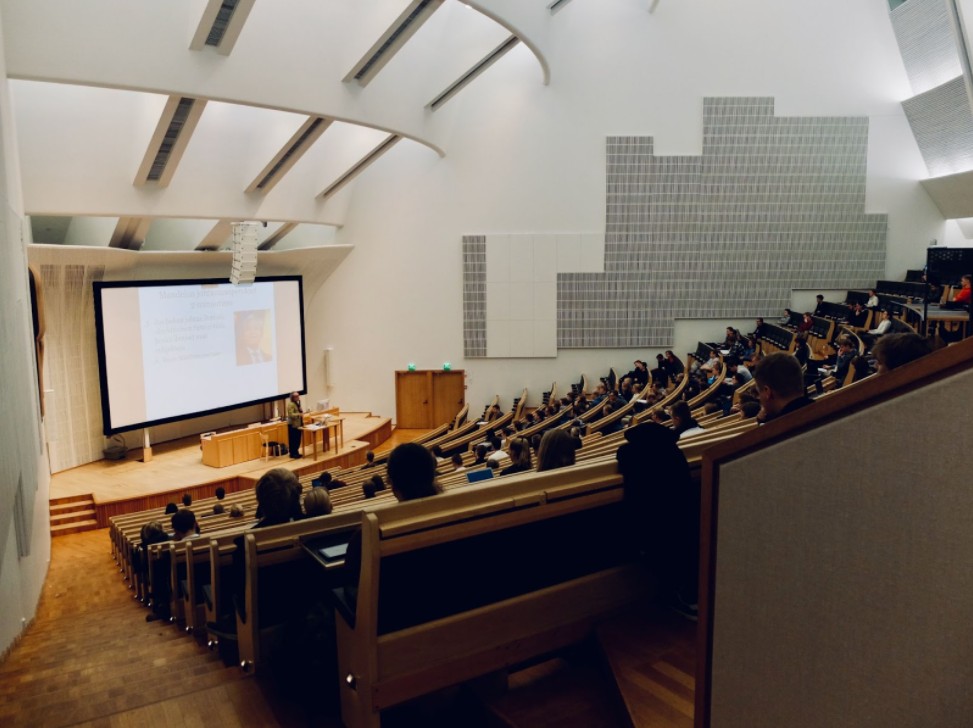
Although classrooms are usually separated by walls that help buffer sound, there will be some areas, such as the library, gym, cafeteria, or auditorium, where spaces are more open and free-flowing. Within these spaces, there can be many different groups trying to perform specific tasks, with unwanted noise transfer a potential cause of consternation.
As adding walls or other partitions is likely impractical in such educational spaces, the use of acoustic ceiling panels is the best way to stifle noise transfer. Designed with aerospace-precision manufacturing, modern ceiling clouds are not only capable of dampening up to 95% of noise transfer between adjacent spaces, but provide cutting-edge style and design flexibility to enhance the ambience of the area.
3. Concrete Floors
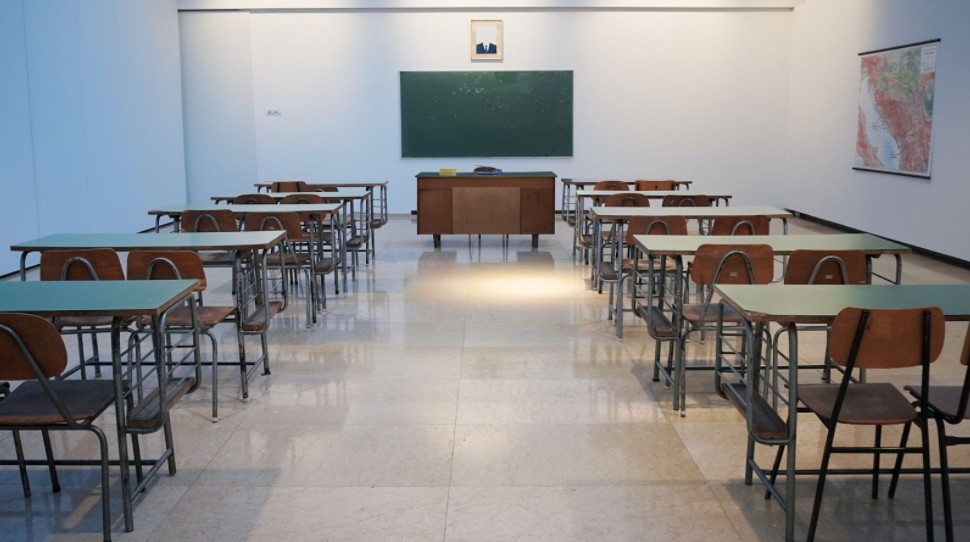
It can be argued that no type of commercial floor experiences the amount of traffic as that of a school hallway during a passing period. Not only will the floor be bombarded by a sea of hundreds of feet, but it will also have to resist spills from food and beverages, damage from dropped books and backpacks, and motorized equipment needed by students with disabilities.
As a result, the floor of any educational building must be durable and nonporous while also providing an attractive appearance, making stained concrete floors a truly elite choice. In addition to providing top-notch durability and ease-of-access for ADA purposes, the surface can be polished in a wide array of colors to resist stains and provide a stylish interior aspect.
4. Durable Fixtures
In the wake of the COVID-19 pandemic, schools are redoubling their cleaning and sanitation efforts. As a result, frequently touched surfaces, such as doorknobs, bathroom fixtures, and handrails, are likely to be disinfected multiple times a day.
Therefore, it is important to install durable products for these purposes, such as metal or stainless steel, that will hold up well in the face of frequent cleaning without losing any of their luster or efficacy.
5. Solid Surface Countertops
Whether it be in the science lab, hand-washing station, or media center, accidents are an inevitability in any type of school setting. When they occur, it is essential that materials can withstand them unscathed.
This makes solid surface an excellent choice for countertops and workstations. Fabricated in a durable, one-piece design that eliminates any joints and seams, solid surface products offer an impact-resistant, nonporous option that will perform well in the face of accidents, maintaining their appearance and optimal performance without the need for rigorous upkeep or replacement.
6. Glass Partitions
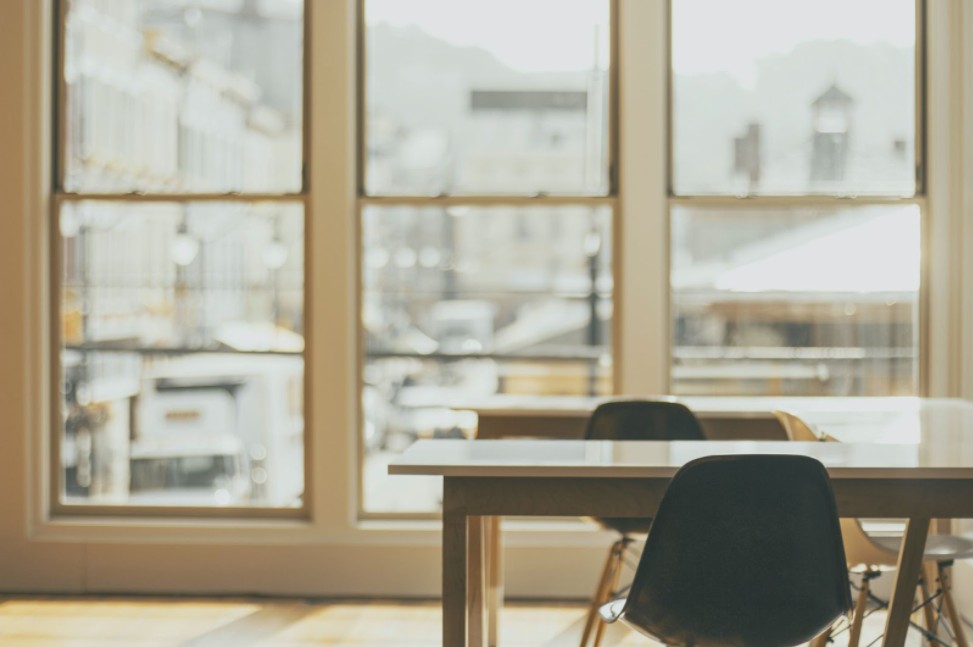
The benefits of open spaces have become well known in recent years, with educational spaces being a particularly relevant domain in which to leverage these benefits. Due to the increased light flow of an open floor plan, inhabitants are likely to experience decreased feelings of stress and anxiety, as well as improved sleep from the reduced reliance on phosphorescent lighting sources.
However, while the open concept creates a more healthy, inviting environment for students, there will be some times when privacy is needed, either for social distancing purposes or for work on separate projects. To help achieve this, acoustical glass partitions make for a strong choice that also helps preserve many of the original light-transmitting benefits of the open floor design. In addition to providing a barrier against germs, acoustic partitions offer elite absorption of sound waves, creating an enhanced sense of privacy in a free-flowing area.
The Most Innovative Building Materials for Educational Spaces
Designing schools requires a unique focus on balancing the lines between safety and performance. As a result, the only way to achieve this is through the use of the most innovative building materials on the market. To this effect, door hinge guards, acoustic insulation, concrete floors, durable fixtures, solid surface countertops, and glass partitions are some of the best products that money can buy.
Todd Gillman is the content director for the Innovative Building Materials blog and a content writer for the building materials industry. He is focused on helping fellow homeowners, contractors, and architects discover materials and methods of construction that save money, improve energy efficiency, and increase property value.











